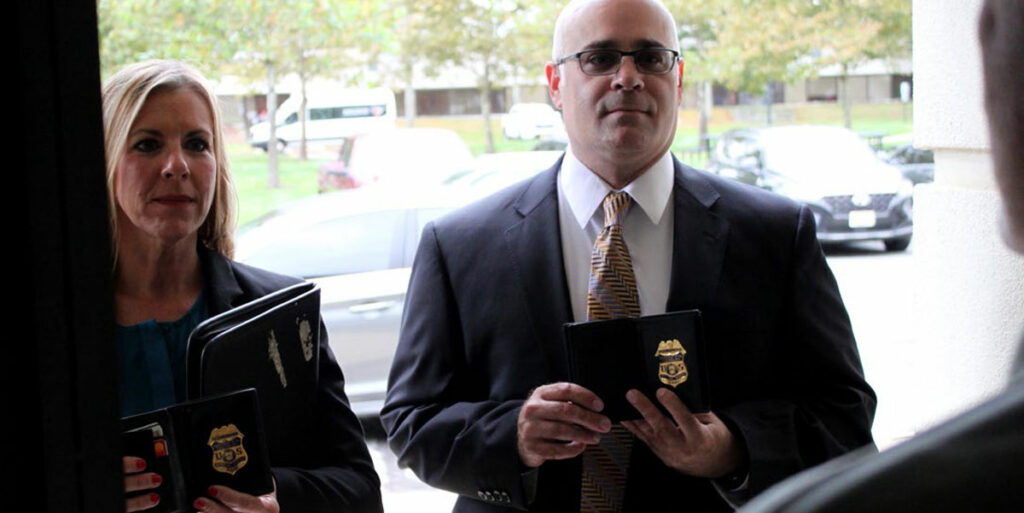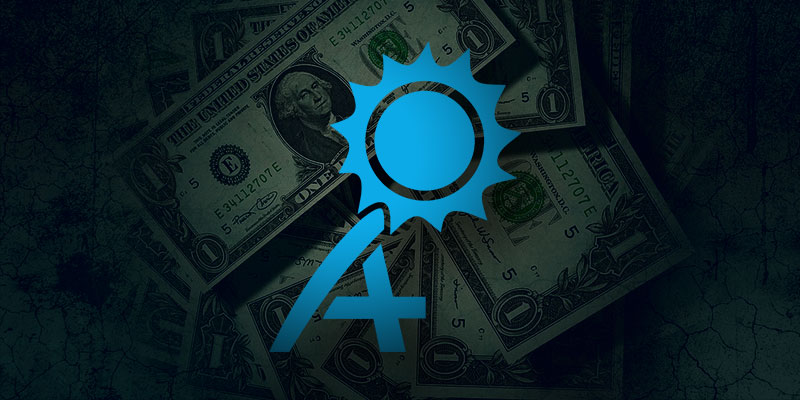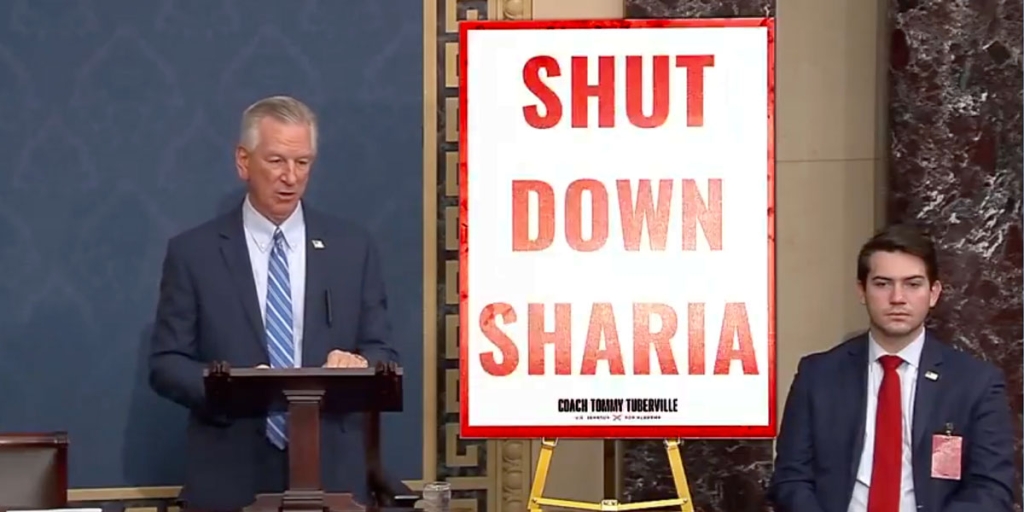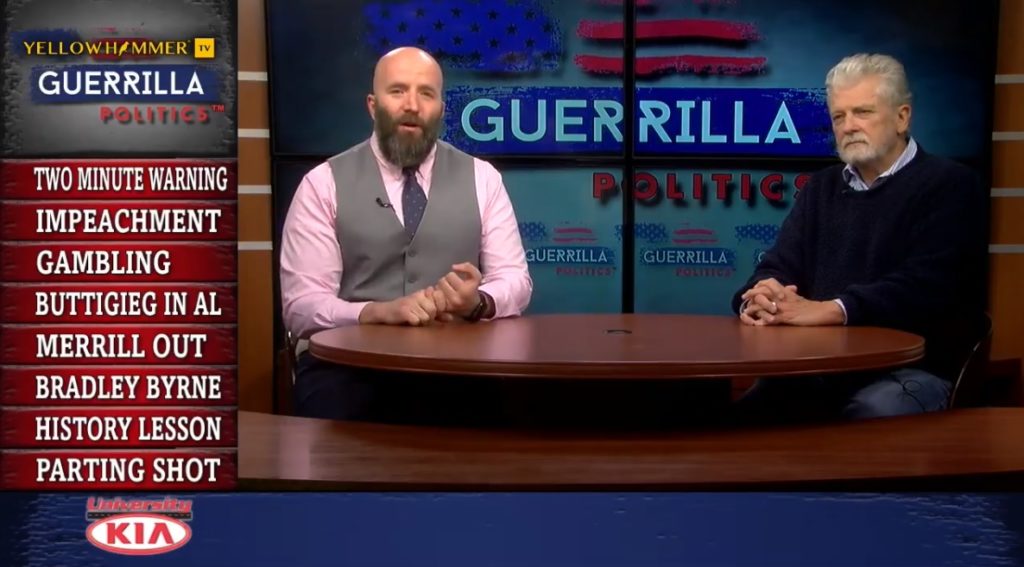Thanksgiving began as a celebration of nature’s bounty. Nature’s bounty includes natural resources. Despite reports to the contrary, Cato Institute research demonstrates that we still have plenty of natural resources. Human ingenuity and nature’s generosity explain why.
That we must run out of oil, natural gas, and other resources seems obvious. Since we cannot manufacture deposits of oil, copper, zinc or other resources, these must surely get used up one day, right?
News stories repeat this refrain. Fifteen years ago, news abounded of the end of cheap oil. We appeared to be running out of oil and natural gas during the energy shortages of the 1970s. Oil reserves were supposed to be gone by 2013.
Yet we still have plenty of energy and minerals; U.S. oil production hit an all-time high in 2018. What happened? I’ll consider two factors.
Reported resource reserves are proven reserves, or deposits of a known location, size, and quality. Dividing proven reserves by annual use gives the number of years of oil, copper, or whatever remaining. We have an estimated 53 and 46 years of oil and copper left.
Proving the location and quality of reserves takes work. As economist M. A. Adelman emphasized, proven reserves are produced. Investing in proving reserves not needed for 100 years will lose money. We have found only a tiny fraction of the resources estimated to be in the Earth’s crust. New reserves will be found as existing ones are used. We might have 50 years of reserves remaining for decades.
New and better methods of extraction increase effective reserves. Horizontal drilling and hydraulic fracturing have unlocked shale oil deposits. Earlier steam injection increased production from existing fields.
Second, things only become resources when people figure out how to use them to produce goods and services. Saudi Arabia’s oil deposits generated no wealth for centuries. Knowledge is the ultimate source of value in our economy, and the mind is the source of knowledge. As economist Julian Simon put it, humans are the “ultimate resource.”
Usually, more than one formula or process can produce a good. When we are cooking, we can usually substitute for a missing ingredient and produce a tasty dish. We can use less of a resource if needed, or substitute something else; in the 1800s, people switched from whale oil to kerosene for lighting homes. We need not run out of resources because we can use alternatives if s specific mineral or fossil fuel runs out.
Because reserves poorly measure resource availability, Cato’s index uses prices instead. Economic theory tells us that prices should reflect the best guesses concerning future discoveries, improvements in extraction, and emerging substitutes. If we are truly running out of something, its price should increase sharply.
This was the basis for Julian Simon’s bet with Stanford University biologist Paul Ehrlich. In 1980, Simon let Ehrlich pick five resources that he thought were most likely to become depleted. Ehrlich selected chromium, copper, nickel, tin and tungsten; by September 1990, the prices had fallen and Simon won.
The new Cato measure is accordingly called the Simon Abundance Index and uses fifty commodity and resource prices. Price comparisons over time require adjustment, most importantly for inflation. But since earnings rise in a growing economy, the Index also adjusts for income. This puts commodity prices in terms of time, say the number of hours of work required to buy ten gallons of gas.
Simon Index prices fell 65% between 1980 and 2017 adjusting for inflation and earnings. When adjusting only for inflation, prices fell 36%. Over these years, world population increased by more than three billion persons. Markets found enough new reserves to accommodate population growth.
Limits exist to nature’s bounty, our ability to harvest this bounty and for substitutes for resources. And we must consider fossil fuels’ impacts on pollution and climate change. Still, the Simon Index shows that we are not running out of resources. Because knowledge creates natural resources, we can potentially maintain a growing economy for generations to come.
Daniel Sutter is the Charles G. Koch Professor of Economics with the Manuel H. Johnson Center for Political Economy at Troy University and host of Econversations on TrojanVision. The opinions expressed in this column are the author’s and do not necessarily reflect the views of Troy University.













